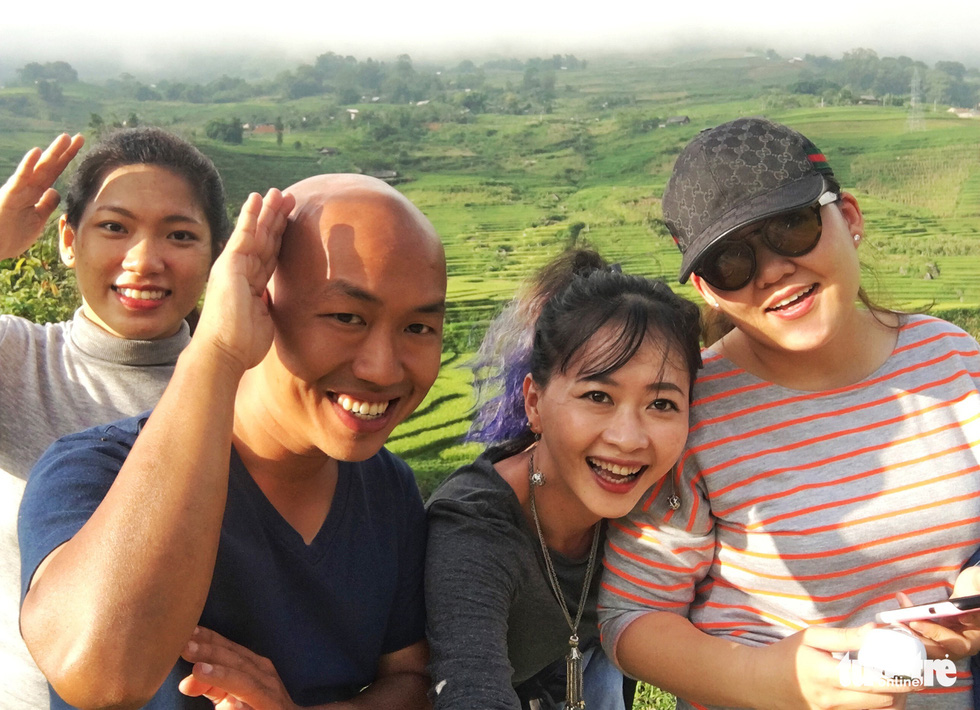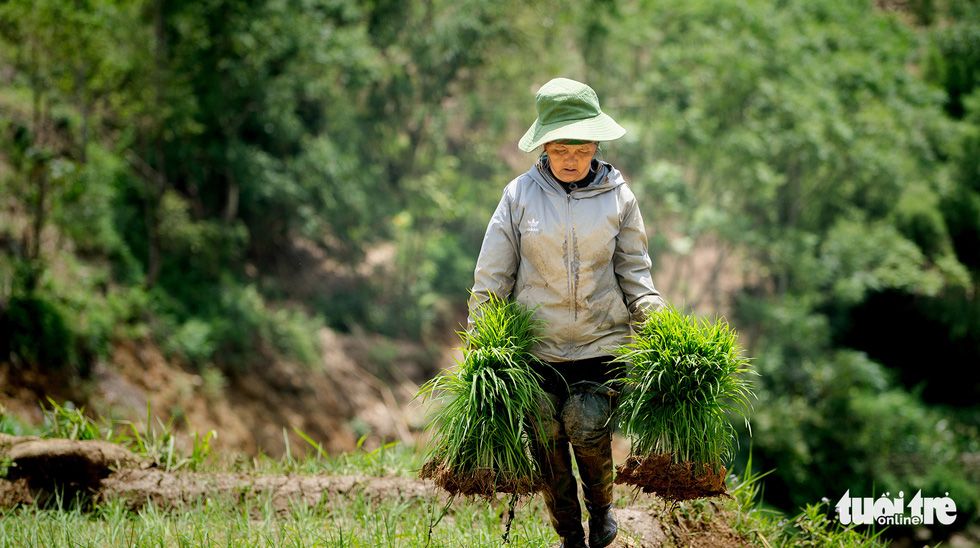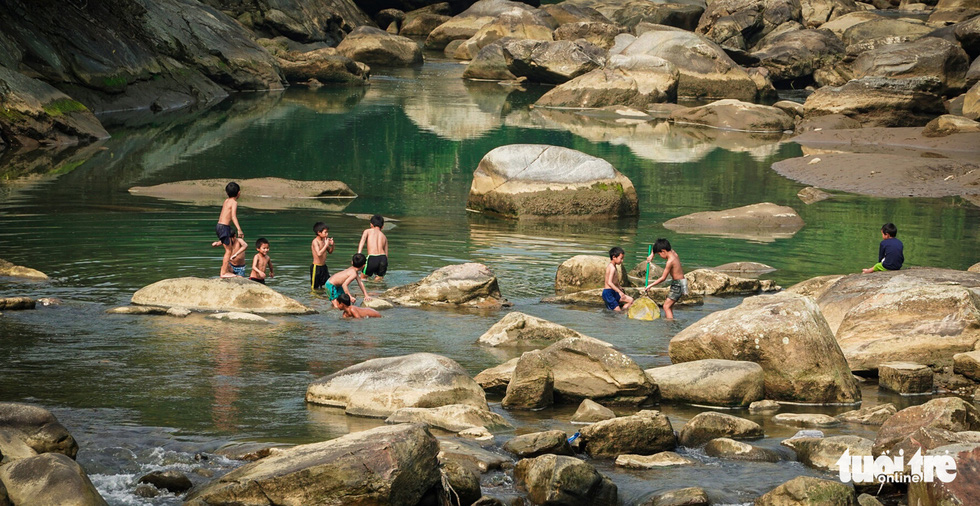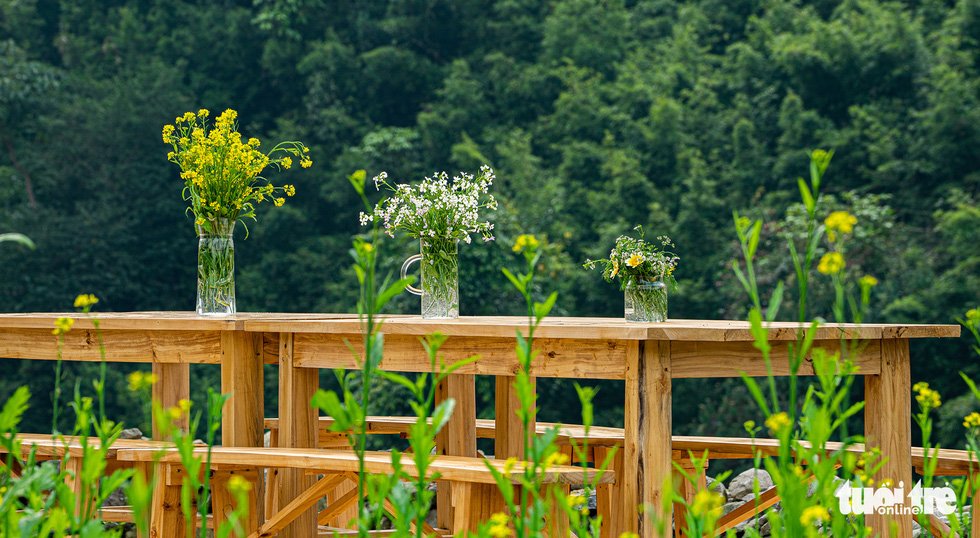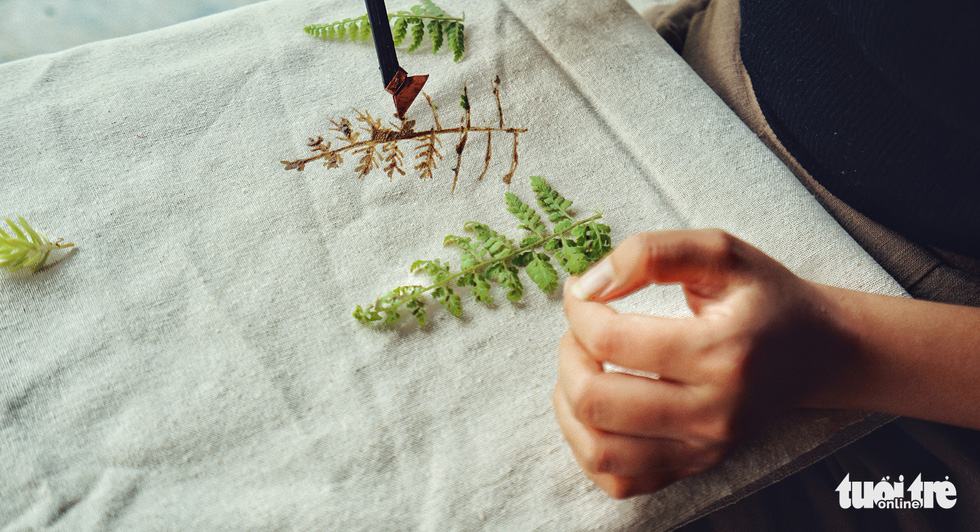Nguyen Sieu Hanh, a 33-year-old from Ho Chi Minh City, has had an 11-year journey in community development, with projects that brought clean water and access to medical support to remote areas in northern Vietnam.
As the founder of the volunteer initiative Journey of Youth (JOY), Hanh was named one of ten outstanding volunteers for the 2019 National Volunteer Awards by the Central Committee of the Ho Chi Minh Communist Youth Union.
In 2017, he started the Joy House project, where he strives to promote sustainable tourism by working with locals of northern Vietnam’s renowned vacation spot Sa Pa.
Escaping the city
After visiting and living in a number of cities, it dawned on Hanh one day that he much preferred life in the peaceful countryside to the bustling downtown areas.
He promptly planned his relocation to the central mountainous town of Da Lat, only to find out that the city is being consumed by concrete buildings.
“Homestays in the city prioritize decorative setups rather than a localized experience,” he noted.
In late 2016, Hanh paid a visit to Sa Pa Town in Lao Cai Province. The place did not strike a huge impression on him at first, yet as he trod into a more off-the-beaten path and stayed in ethnic minority villages, Hanh felt himself more enchanted by the authentic lifestyle led by local people.
“I realized this place still preserves its indigenous culture, and that’s what Western tourists are looking for,” Hanh said.
|
|
| A farmer fetches bundles of rice seedlings in this photo taken in Sa Pa Town. Photo: Nguyen Sieu Hanh |
“[Western] tourists said they know the towns have bars, coffee shops, karaoke parlors, but the West has that already, and they have it bigger and better than we do. Would they travel to Sa Pa just for those things? They want to experience something that their country, their hometown lacks, and that’s why they come to the mountainous villages,” he reasoned.
It was this line of thought that motivated him to dive into a venture with Joy House.
|
|
| Children of a village in Sa Pa Town swim in a stream. Photo: Nguyen Sieu Hanh |
The project started in 2017 as a homestay facility in Giang Ta Chai Hmong Village – a space that accommodates two communities of Hmong and Dao people respectively.
Joy House’s first premise was a vacant room that Hanh gained permission to use after staying with a Hmong family, as he put in the work to furnish their kitchen and restroom, get new chairs and tables, and reroute electrical wires. The renovation of Joy House cost Hanh less than VND20 million (US$863).
Offering a chance to two indigenous cultures at once, his homestay started receiving online bookings from the opening day.
From that moment, Joy House has grown significantly with three big buildings and three bungalows for rent.
Most notably, the facility is run by a cooperative effort between Hanh and the locals.
“Every time I have to go back to Ho Chi Minh City or leave for somewhere else from Lao Cai, the locals stand in for me to take care of the place,” Hanh said.
“Every [tourism experience] offered in this homestay originated from the indigenous culture of the local people."
According to Hanh, guests can try their hands at herding buffaloes, transplanting rice seedlings, and harvesting in the rice paddies with the locals, with seasonal opportunities of fishing and eel catching with children in the village.
Furthermore, visitors can embark on treks through the winding path of the mountainous village, swim in the waterfall, or challenge themselves with the traditional art of embroidery from Dao people and batik drawing from Hmong people.
|
|
| A corner of Joy House Homestay in Sa Pa Town, Lao Cai Province. Photo: Nguyen Sieu Hanh |
A vision toward sustainable tourism
Coming into the far-flung community as an outsider, Hanh had to work his way through to gain trust from natives.
He started by making friends and building up a rapport with the communities rather than putting the business first.
“It’s as if they had a friend from afar, we get to know each other after a while,” he added.
Hmong people are notably good at English, which serves as a valuable asset for a lodging service that serves foreign tourists, Hanh noted.
“For now, the Hmong partners are able to cover all the needs of Western guests as they can understand everything the guests say,” he said.
|
|
| A tourist tries batik drawing at Joy House Homestay. Photo: Nguyen Sieu Hanh |
With three years of experience in promoting tourism under his belt, Hanh believes one of the strongest selling points for tourism in the northern areas and Vietnam in general is the spectacular landscapes, which open the door for an array of tourism activities, including extreme sports and leisure travel.
However, construction projects in Vietnam do not mind destroying such landscapes to build resorts and facilities, and Sa Pa is already suffering the same fate, he remarked.
“Having visited many foreign countries, I noticed that while their landscapes are not as magnificent as ours, they know how to utilize every single tree and river to profit from nature in a sustainable manner, rather than tearing it down, dismantling it, and encroaching upon it,” Hanh said.
Speaking from his experience, Hanh deemed the illegal loggers living in the locale “the most pitiable class” in the forest exploitation chain. They run the risk of facing criminal prosecution for only a few hundred thousand dong (VND100,000 = $4.3) per day.
“Behind them are their wife and children. [The loggers] would not be able to feed their children if they don’t work,” Hanh pointed out.
For that reason, an alternative business model to provide stable livelihoods for local people is needed as a prerequisite for sustainable tourism, Hanh argues.
“Tourism service providers should make use of indigenous cultures instead of trying to integrate plainland culture into the mountainous areas, as cultural appropriation is outright dangerous. Tourists should be aware of the place they are going to and the people they’re visiting to act accordingly.”
Besides the tourism work, Hanh and Joy House team are mulling various social responsibility programs in 2020, one of them being a permaculture farm in the Central Highlands region.
The tourism facility vows to plant 1,000 trees each year via Journey of Youth. They also commit to eschew all plastic bottle usage in their operation.
Like us on Facebook or follow us on Twitter to get the latest news about Vietnam!



